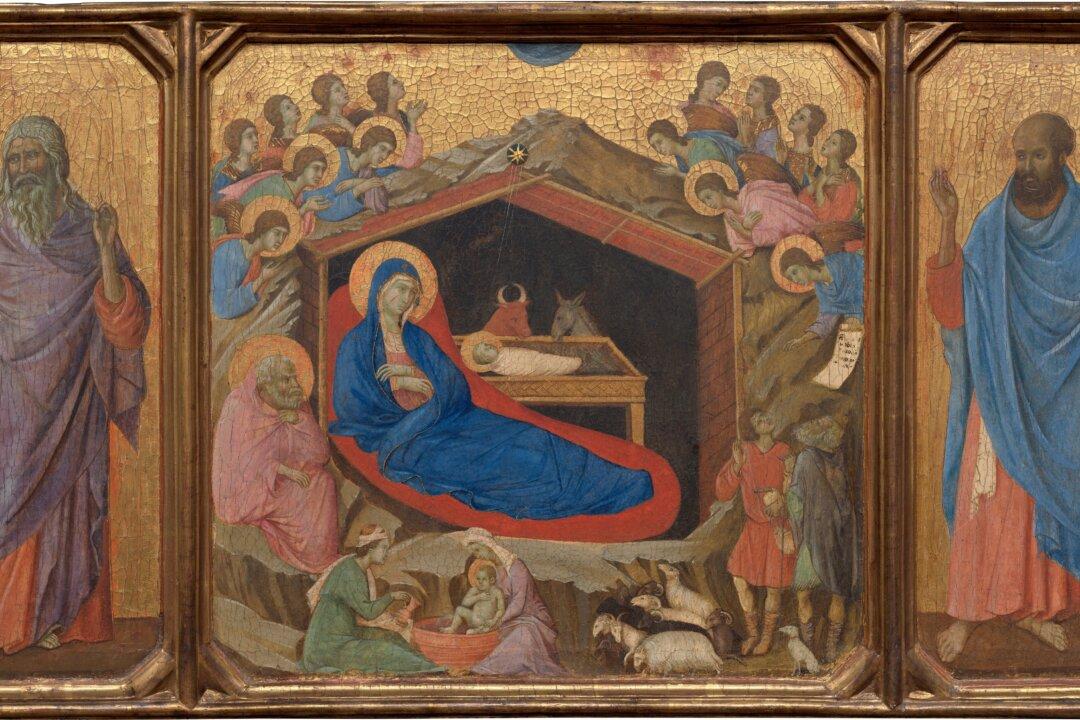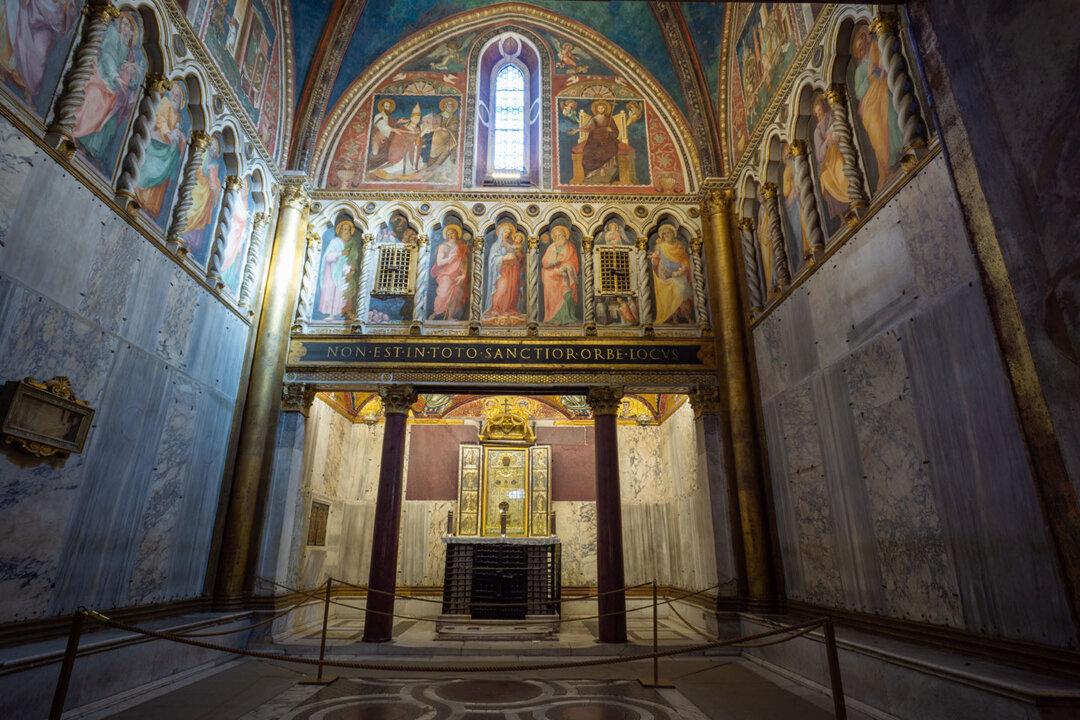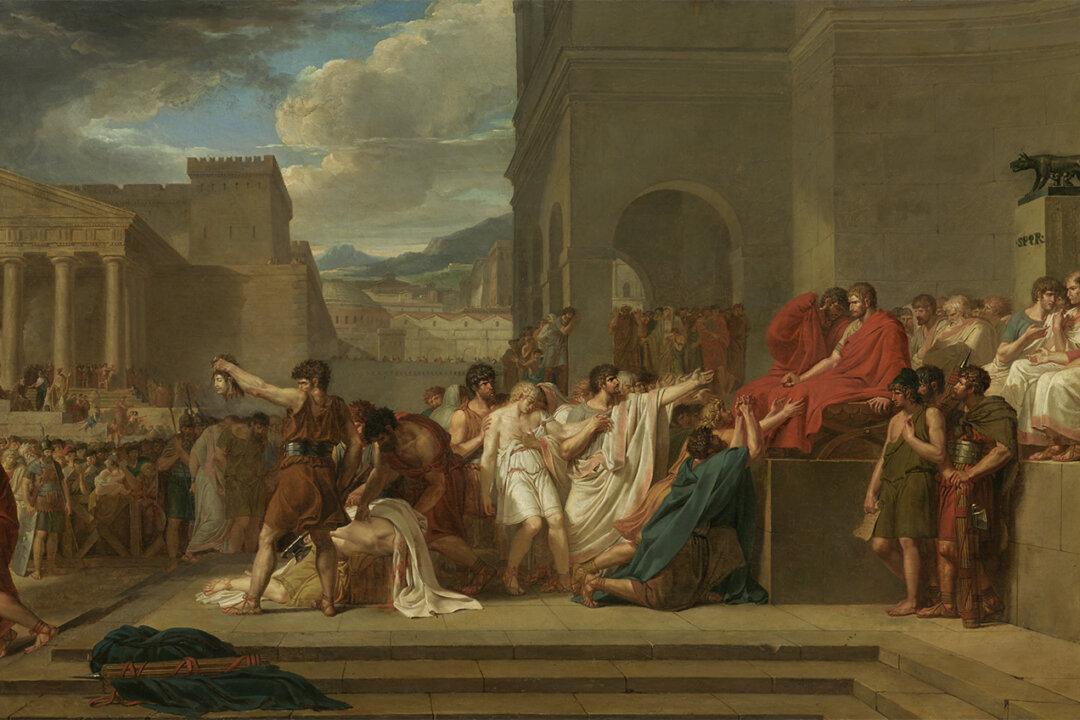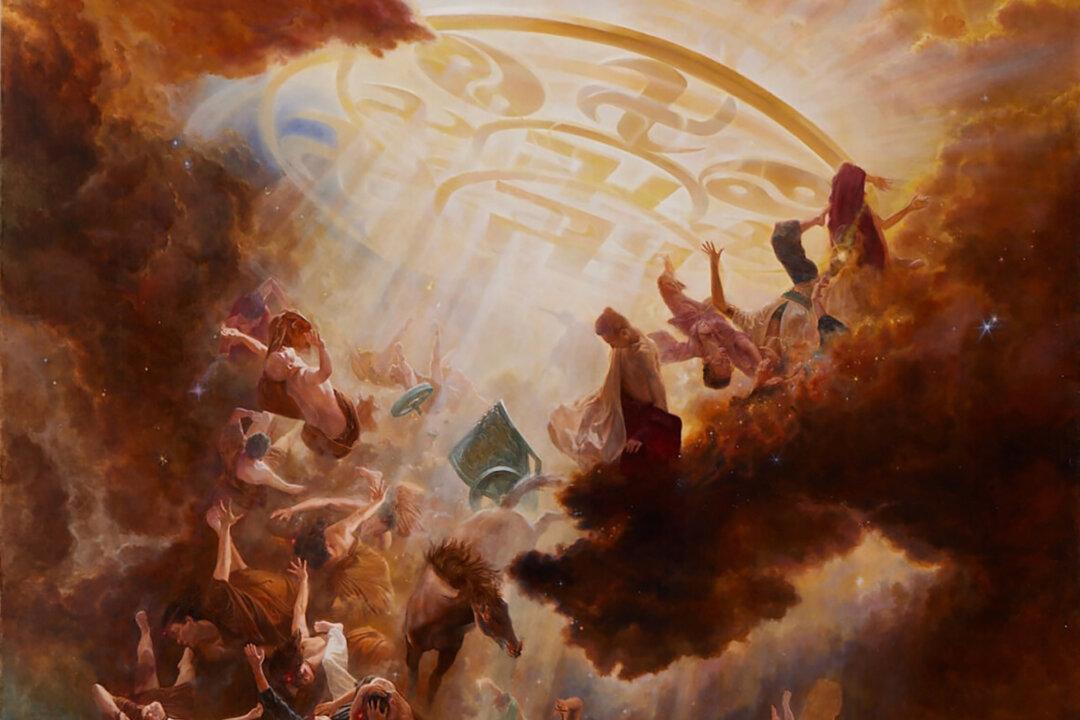In the mid-19th century, when the United States was still in search of its own artistic tradition, the sculptor Mary Edmonia Lewis (circa 1844–1907) traveled to the Old World and combined the unique American culture with the beauty of European classicism. Her passion for sculpture had been first ignited in Boston, where she saw a statue of Benjamin Franklin that “filled her with amazement and delight.” She said that she didn’t know by what name to call the “stone man,” but felt within her the stir of new powers.
The man who sculpted the Franklin statue, Edward Augustus Brackett, assisted Lewis in acquiring her craft and selling her work until she had earned enough to travel to Rome.
“I thought I knew everything when I came to Rome,” she said, “but I soon found I had everything to learn.”
From Poetry to Sculpture

By the shores of Gitche Gumee, By the shining Big-Sea-Water, At the doorway of his wigwam, In the pleasant Summer morning, Hiawatha stood and waited.Lewis, however, a woman of mixed African and Native American descent, found in the poetry a rich and captivating tale about her heritage, but had little direct experience of the tribal life that the poetry described. Orphaned at a young age and raised by relatives in New Jersey, Lewis was able to receive a good education after her brother made a fortune in the California gold rush.
Hiawatha and Minnehaha

Impressed by the power of classical art, Lewis used its language to express the sentiments of the Native American tale. Particularly, a portrait pair of Hiawatha and Minnehaha take the form of half-length Roman busts, as if a commemoration of ancient heroes. The shimmering yet hard white marble takes the figures away from the natural environment of the Great Lakes; the neoclassical pose shows calm and dignified faces which balance their epic journeys on the American frontier.
Other sculpture groups represent scenes directly taken from Longfellow’s poem. In the “Old Arrow Maker,” for instance, Lewis shows Minnehaha and her father at the moment they encounter Hiawatha, who had placed a deer in front of them as a token for marriage.
Many believe that Lewis’s interest in their marriage stemmed from her hope for reconciliation between the North and the South after the American Civil War. Longfellow’s poem presents the young lovers as hailing from two warring tribes: They marry for love and also for peace, so that “old feuds might be forgotten/ And old wounds be healed forever.”

At the doorway of his wigwam Sat the ancient Arrow-maker … At his side, in all her beauty, Sat the lovely Minnehaha.Lewis completed three other figural groups inspired by Longfellow’s poem: “The Wooing of Hiawatha,” “The Marriage of Hiawatha and Minnehaha,” and “The Departure of Hiawatha and Minnehaha.”
Bust of Henry Longfellow

Lewis also sculpted a bust of Longfellow himself, now on view in his hometown at the Harvard Aer Museums. In fact, when Longfellow traveled to Rome in 1869, he visited Lewis’s studio near the Piazza Barberini and sat for the portrait bust, which she completed two years later. Lewis had greatly admired Longfellow, both as a poet and a fervent abolitionist, and in his portrait, she endowed him with considerable gravitas.
His angular features and furrowed brow are framed by his voluminous beard and wavy locks, which make him appear like an ancient Greek philosopher. Such elevated treatment of the poet suggests the artist’s desire to reassert American culture on the world stage after years of bloody civil conflict. And it might indeed be seen as a collaboration between two of the most successful American creatives, who both garnered international acclaim in their day.
The historical moment of the mid-19th century was significant for both the poet and the sculptor: Both sought ways to express what was unique and true about American culture. For Longfellow, any nation’s identity should be one with its written word. This fueled his hope for a distinct national literature for the United States, still a relatively young nation seeking cultural independence from its estranged parent country. To rival the European classics, Longfellow’s goal was to fortify America’s identity through the establishment of a national mythology, comprised of the grand heroes and events inherent to epic poetry to create a national epic.
Though descended from Ojibwe ancestors, Lewis nevertheless approached the mythological subject through Longfellow’s poem, which laments the inevitable loss of an admirable culture. The Hiawatha series exudes all the romance and mystery of the American continent while remaining true to the European classical standards for art: The smooth and refined stone shows the dignified and delicate features of the two protagonists from Longfellow’s epic poem. There was perhaps a nostalgia for a lost world that she deeply related with and thus carved in marble in an act of eternal remembrance.






